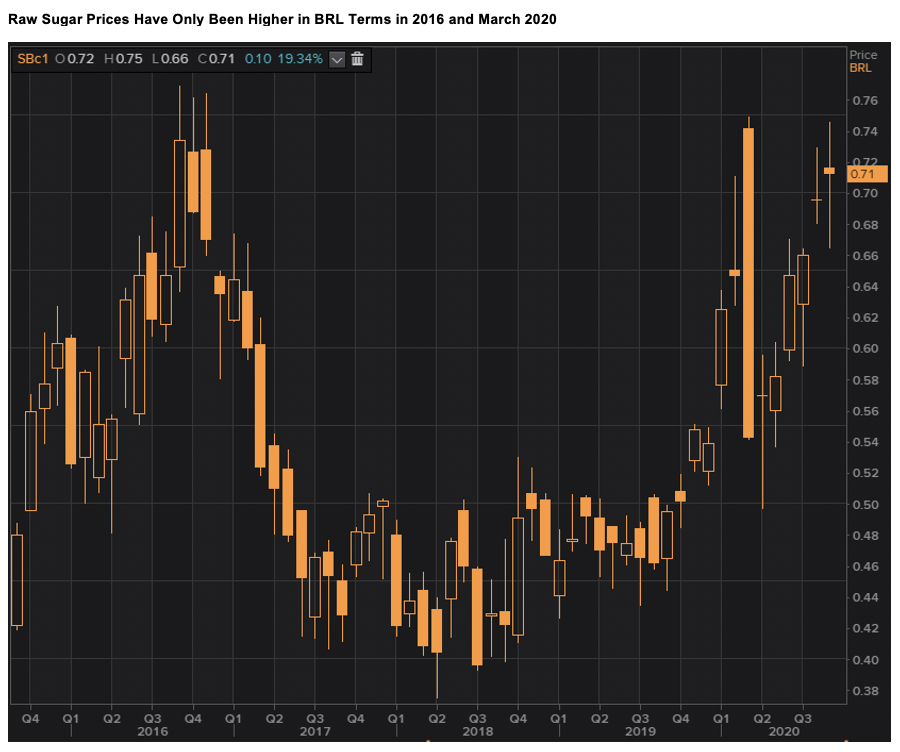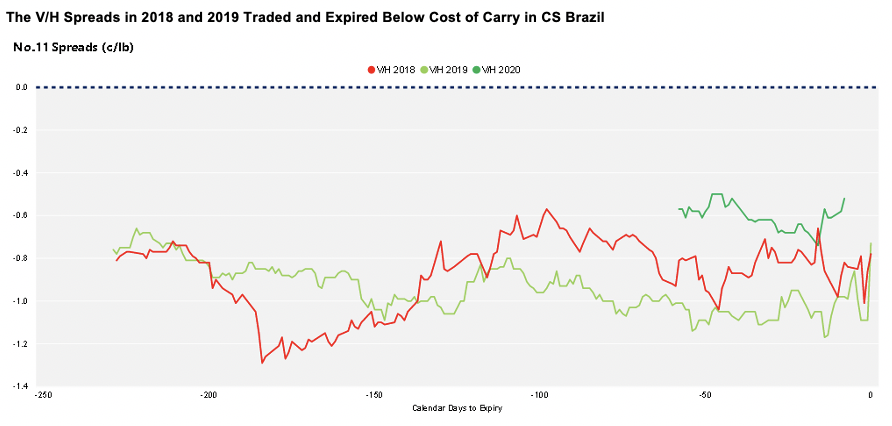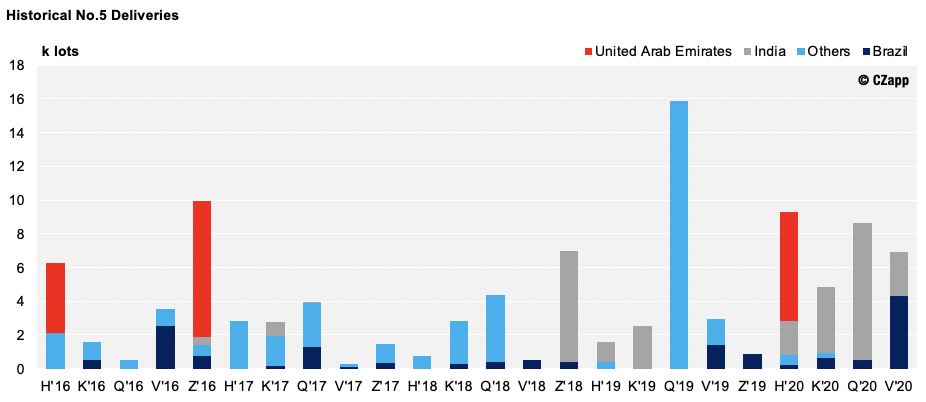Before we delve into derivative expiries in the commodities markets, we must first understand what derivatives are and how they can relate to a physical commodity. Derivatives are a financial product with a value that is based on an underlying asset, and at Czarnikow we use these to manage price risk for our clients. It possible to manage price risk this way for a variety of products, whether it be sugar, packaging, nutritive sweeteners, or even orange juice. The value of a derivative is determined by the balance between the supply and demand of the underlying asset. At Czarnikow we predominantly use futures to manage risk for our clients, and so we will focus on futures market expiries and their influence on the commodity market for the purpose of this article. For more information on derivatives and how we use them, you can visit a post we made earlier.
What is an expiry?
A futures contract expiry is the last day a derivative contract can be traded. At the end of the trading session on the last day of trading, the contract is said to have ‘expired’, and all open positions are settled. The expiry date is set by the Exchange at contract inception.
What happens on the big day?
The contract can either be settled through physical delivery of the commodity or cash depending on which product you are trading. Some commodities are more suited to physical delivery than others – lean hog futures are a good example of why we have a cash settlement route! If you choose to hold an open position at contract expiry you will be obliged to act within the exchange rules, either upholding your side of a cash settlement or by taking part in the physical delivery or receipt of the goods. To avoid this, contracts can either be closed out at prevailing market levels or rolled into the next active contract before the contract expires.

Why is the market more volatile around expiry?
As we approach contract expiration the number of participants holding active positions in the contract reduces. This is because many participants, namely speculators and hedgers, use the futures market to either speculate or manage price risk, and have no interest in holding a contract to expiry. This means that a large percentage of positions begin to be closed out around a month before the contract expiry, with only the participants interested in delivering or receiving the physical commodity remaining. This figure can be quantified by the ‘Open Interest’. This is published daily by the Exchange for the previous day’s trading, and the number represents how many contracts that are still open against a given expiry month. For example, an open interest figure of 5,000 lots in the white sugar futures market at expiry means that there will be a delivery of 250,000 MT, therefore a 1 lot Open Interest represents a 50m tonne contract that has been bought by one party and sold by another. To track this for sugar head to Czapp for our weekly ‘sugar futures positioning (find the latest one here). You will notice how the Open Interest reduces as we approach the next contract expiry. With fewer market participants the pool of participants providing liquidity to the contract lessens. This can cause the contract to become more volatile, and the price can swing aggressively. This is often displayed in a ‘short squeeze’, where market levels are driven higher, forcing participants who have already sold futures in the market to either deliver the physical product or to buy back their positions at a higher price. Therefore, we recommend closing all open positions at the very least two weeks before contract expiry.
How and why can market volatility affect me?
Czarnikow manages risk for our clients by trading futures. Through buying and selling futures across a range of commodities we can help you to lock in favourable market rates at a time you deem affordable. This can be up to four years in advance of the shipment period. By embedding futures in a physical contract with Czarnikow, you avoid being required to pay of paying margin calls or having to undertake full hedge accounting on the derivative position. We give a full explanation of how we hedge risk for our clients can be found in this post.
Czarnikow executes a futures hedge against the contract month that best matches the required shipment schedule provided at the time of execution. For example, if a sugar consumer requires shipment in March, we will use the March futures contract to execute a hedge and lock in the price. If this demand remains as planned then no further action is needed, Czarnikow will close out the hedge with our respective supplier (who takes the opposite market position) and execute the shipment according to plan. As is always the case, planned schedules can change, especially when committing to a contract well in advance of the shipment date. In most of these cases Czarnikow can reschedule shipments, repositioning the futures hedge to the contract that best matches the new demand schedule. For example, if the demand was now required for shipment in May, we would reposition the futures from the March contract to the May contract through selling March futures and buying May futures. It is essential that this repositioning is executed well in advance of the March contract expiry, to avoid the volatility we mentioned previously in the article.

When is the contract expiry?
The No.11 raw sugar futures contract has four separate contracts spread across each year. There are only 11 contracts listed at one time, with the most advanced contract dated roughly 2.5 years ahead. The contract months are denoted by the symbols H, K, N and V, or March, May, July and October respectively. Expiry of each contract takes place on the last working day of the preceding month, i.e. the March contract expires on the last working day in February.


The white sugar futures contract has five separate contracts across the year, these are H, K, Q, V and Z, or March, May, August, October and December. There are only eight contracts on the board at any one time, and as one expires the next contract opens; these contracts expire 16 days before the first day of the delivery month. This means that the March contract for white sugar expires in the middle of February.
Other markets and products may have different contract months, these are set to best suit the liquidity profile and demand/supply dynamic of the commodity. As an example, Brent Crude Oil trades for twelve months in a year, with an expiry taking place monthly. Contracts are listed eight years forward – meaning there are 96 contracts trading at any one time!
Why not take a look at the effects of a short squeeze near the March white sugar expiry? You can also get daily market prices and track the volatility of a range of commodities markets on our app, Czapp, for free.
If you found this post useful, share it on Facebook, Twitter and Linkedin.
Looking To Buy Sell Or Move Sugar?



